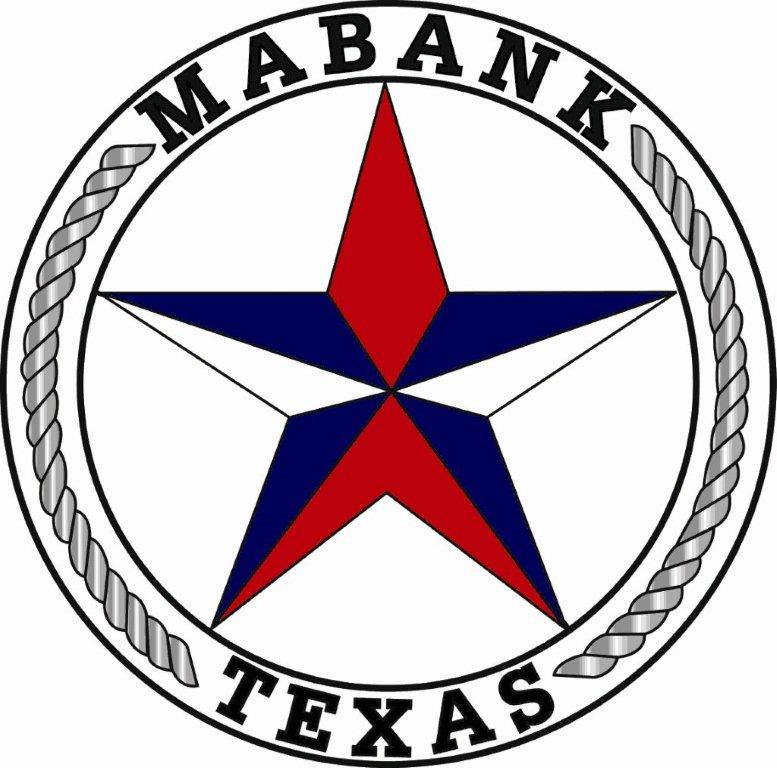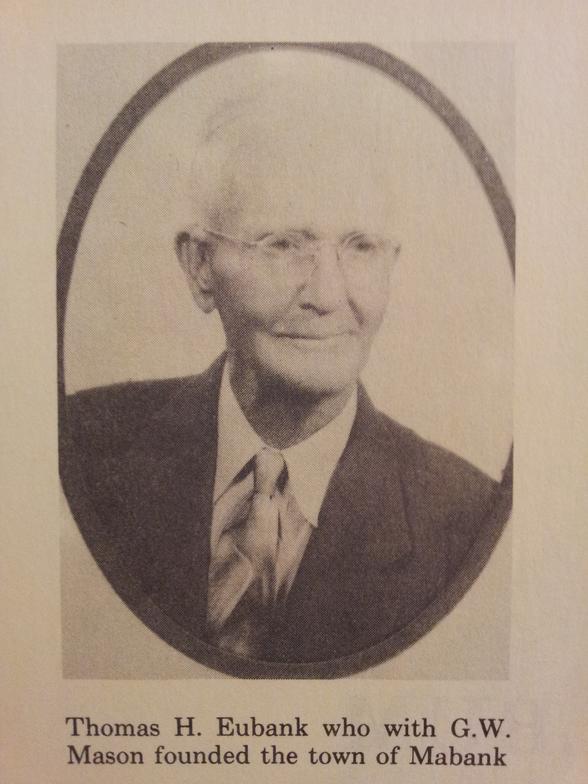City of Mabank
Call us at: 903-887-3241
About Mabank
Mabank, Texas
(Mabank, Texas is located on U.S. Highway 175, near the intersection of Farm Road 90, FM 198, and U.S. Highway 175, sixteen miles southeast of Kaufman, Texas, far in the southeast corner of Kaufman County, Texas. The Mabank, Texas area was first settled by Lorenzo D. Stover in 1846. Other settlers soon moved to the Mabank area, and the location was first purchased in 1887 by John R. Jones who was a merchant from Goshen--which is in Henderson County, Texas. John R. Jones first named (the Mabank area) "Lawn City", after a popular cotton dress material that he sold in his store. The "Lawn City" name was then changed to "Lawndale", most likely when the first post office came to the area in November of 1887. In 1900, the Southern Pacific Railroad went around "Lawndale" and bypassed it by less than a mile. G.W. Mason and Thomas Eubank, owners of the Mason-Eubank Ranch, realized the potential that the railroad represented--they quickly set aside a one-square-mile tract that they called Mabank. The name is a combination of the name Mason and name Eubank. They officially platted the one-mile-square area on February 23, 1900. A post office was added to Mabank in 1900, the same year.
Because of the nearby railroad--and especially the fertility of the soil, Mabank, Texas grew very quickly. A lot of "Lawndale" residents and businesses, annoyed that the Southern Pacific Railroad had bypassed the town, moved to the new community called "Mabank". In August of 1900, Mabank's founders established the "Mabank Land Company" to sell land in the area. An ambulance service operated in the community around 1900--and soon thereafter the Eubank funeral home opened in 1904. In 1910, Mabank, Texas had a total population of 412. There were three churches, a Masonic lodge, a public library, and a "baseball club". In 1907, a canning company went into business. In 1909 the "Mabank Banner", an area newspaper, began publishing the area's news. Mabank was officially incorporated on October 9, 1911. Mabank continued to grow, especially with all of the agriculture business in the area. Cotton was the Mabank's main crop prior to World War I. Between 1917 and 1925 oil exploration was popular--even though oil was really not discovered in the area. Mabank's population grew to 963 and there were about seventy businesses in the area in 1936. A bank opened in Mabank in 1937.
Unlike many small Texas towns, Mabank did not decline significantly between the end of World War II and the mid 60s. Mabank's population was 988 in 1945, there were 896 people in 1955, and there were 995 in 1966. The number of local businesses remained fairly stable, with 40 local businesses in 1966. After 1966, Mabank grew very quickly--mostly due to the Cedar Creek Reservoir (also known as Cedar Creek Lake) being completed in 1965. Cedar Creek Lake attracted a lot of new residents—both retirees and others who commute to jobs in the Dallas, Texas area. The area has its share of tourists, as well. Mabank had a population of 1,500 people in 1976 and 1,739 people in 1990. In 2000, Mabank officially had 2,151 residents now in 2012 Mabank has over 3,200 residents in the city.


